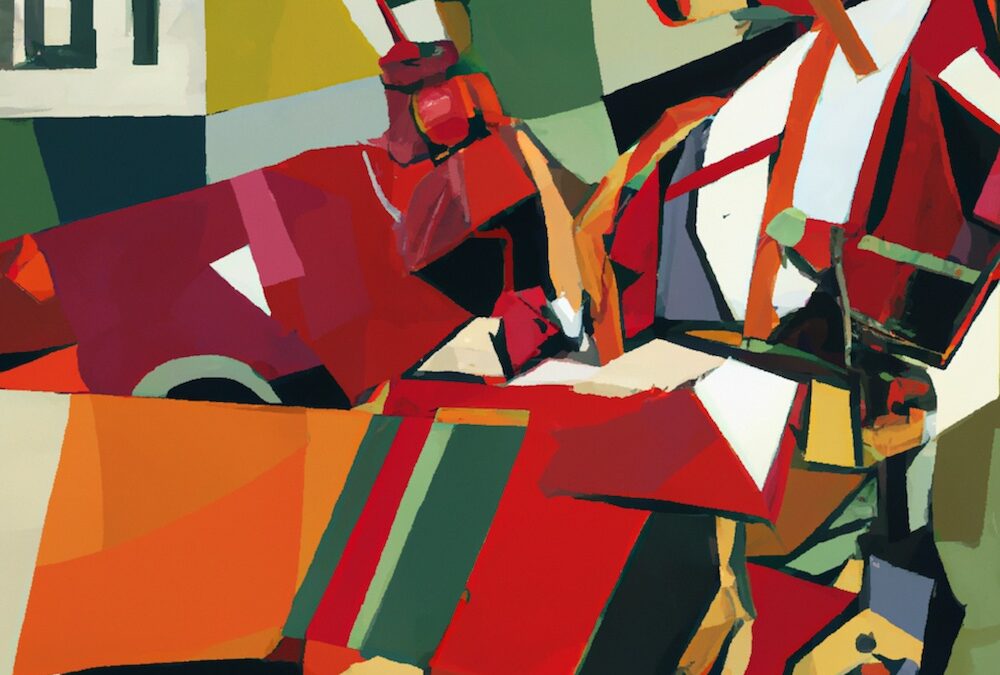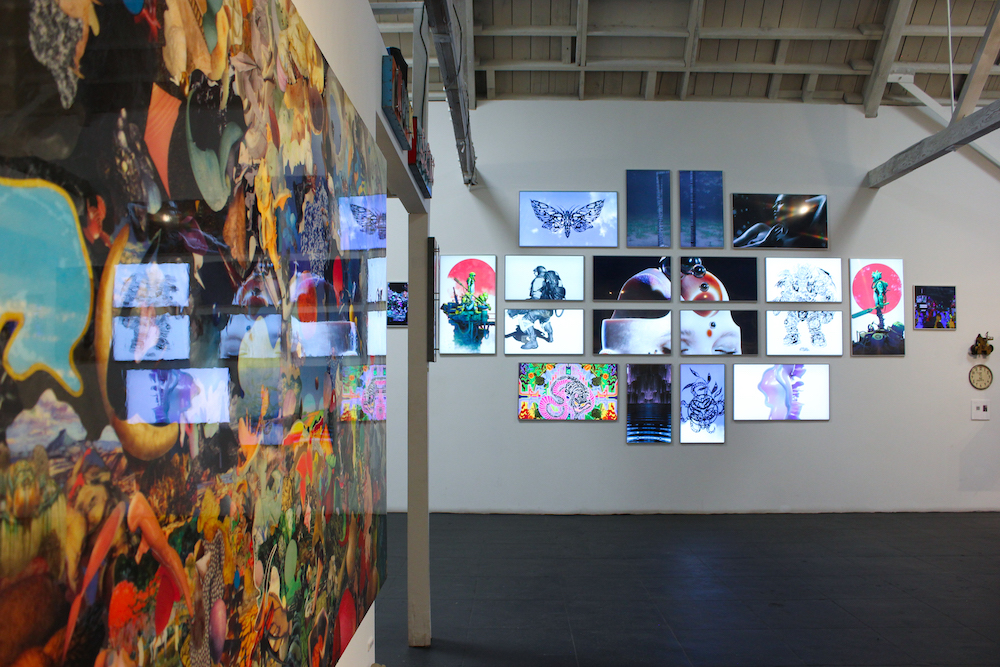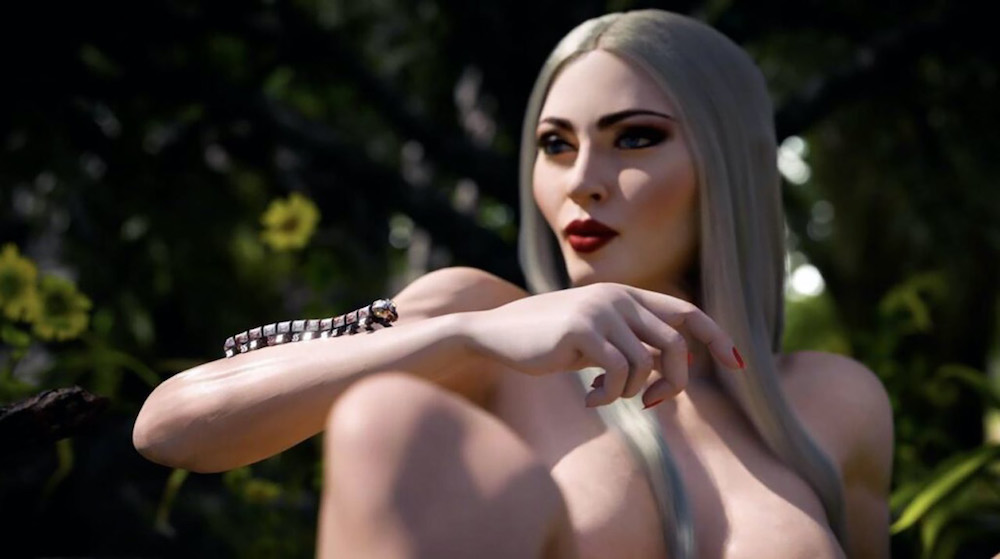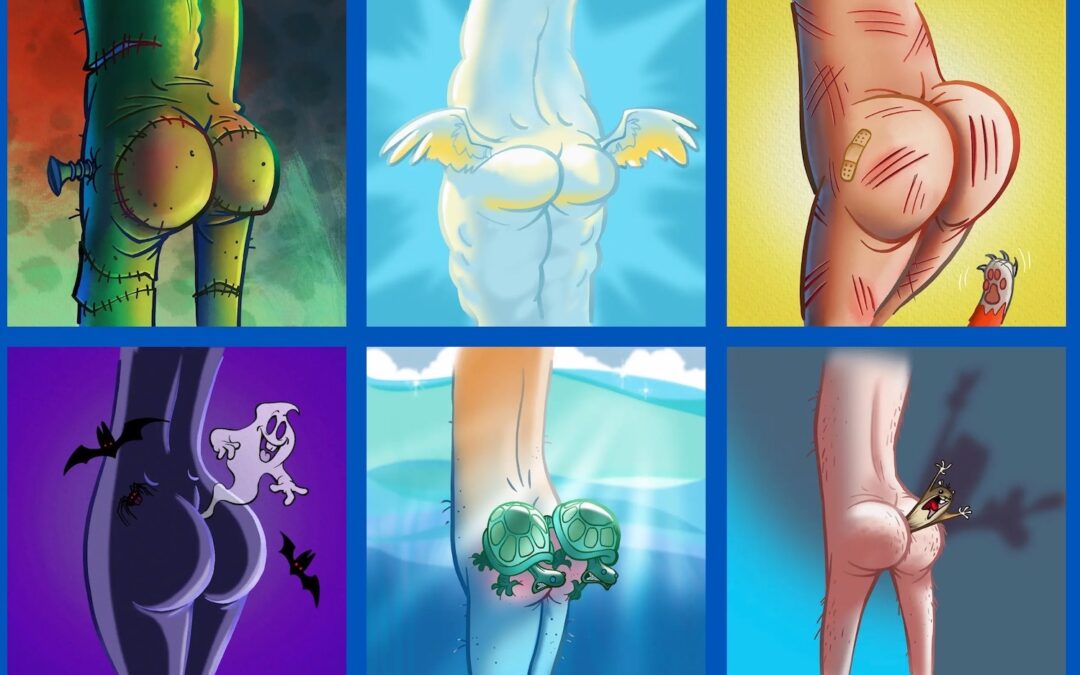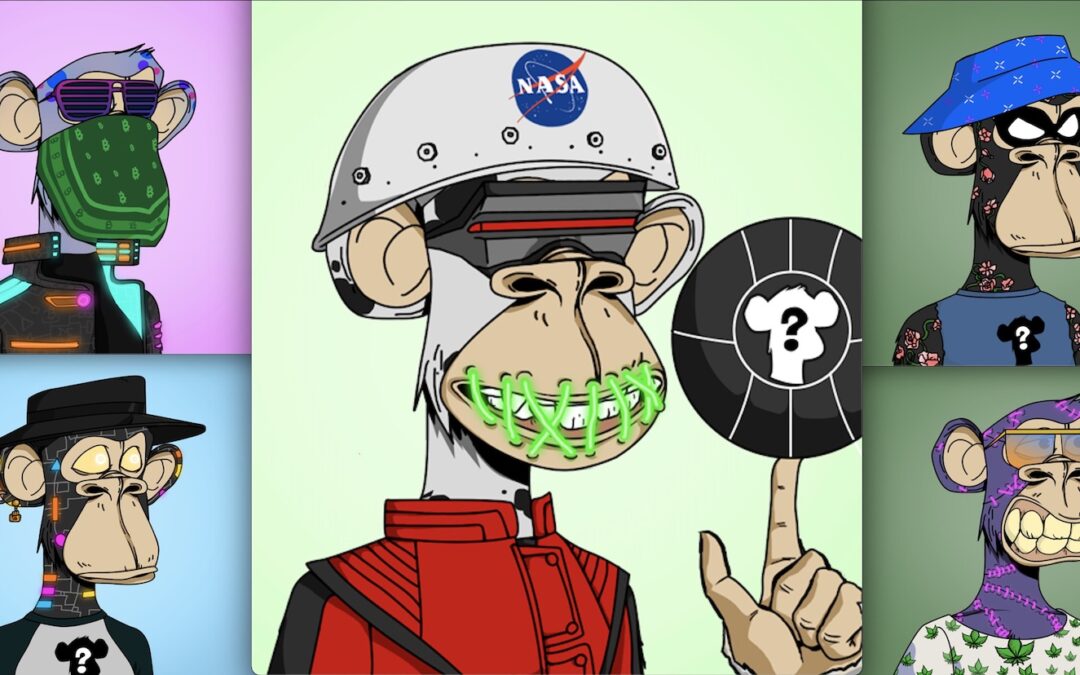The age of artificial intelligence (AI) has arrived whether we like it or not and now it has come to the art world. That should not really be much of a shock. It’s now five years since AlphaGo defeated the best Go players in the world. Writers have auto-complete...
